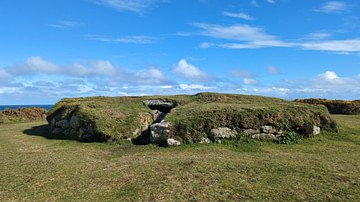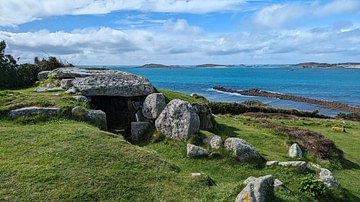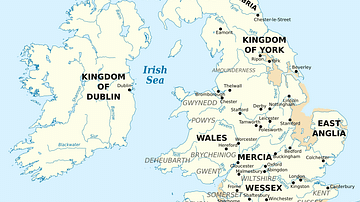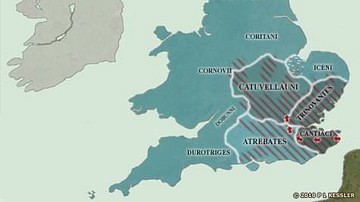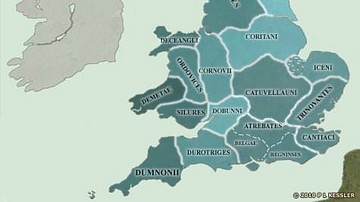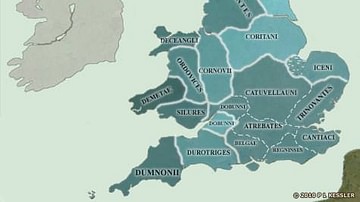Illustration
Photograph of one of the houses found in the Halangy Down Village, on St. Mary's in the Isles of Scilly. It is an Iron Age, Romano-British and early Medieval settlement that was inhabited roughly from 300 BCE to 600 CE. Many of the village's houses were interconnected oval structures, which was characteristic of dwellings in Roman-era Cornwall. Excavations conducted in the 1950s and 1964-1971 found drains, hearths, benches, and other features that suggest the village was modified over 500 years.
Around the settlement there were several terraces for cultivation, as well as an extensive field system. The inhabitants subsisted on farming crops, keeping cattle, sheep and pigs, as well as fishing. The villagers were also spinning, working iron and casting pewter.
Nexts to the village lies Bant's Carin, an entrance grave that was already ancient when the village was built.
The site is currently maintained by English Heritage.
About the Author
Photo Location
This photograph was taken at the following location:
References
- History of Bant’s Carn Burial Chamber and Halangy Down Ancient Village | English Heritage, accessed 15 Apr 2024.
- Ratcliffe, Jeanette. Scilly's Archaeological Heritage. Twelveheads Press, 1992.
Cite This Work
APA Style
Crabben, J. v. d. (2024, April 18). Halangy Down Village House. World History Encyclopedia. Retrieved from https://www.worldhistory.org/image/18831/halangy-down-village-house/
Chicago Style
Crabben, Jan van der. "Halangy Down Village House." World History Encyclopedia. Last modified April 18, 2024. https://www.worldhistory.org/image/18831/halangy-down-village-house/.
MLA Style
Crabben, Jan van der. "Halangy Down Village House." World History Encyclopedia. World History Encyclopedia, 18 Apr 2024. Web. 16 Apr 2025.



